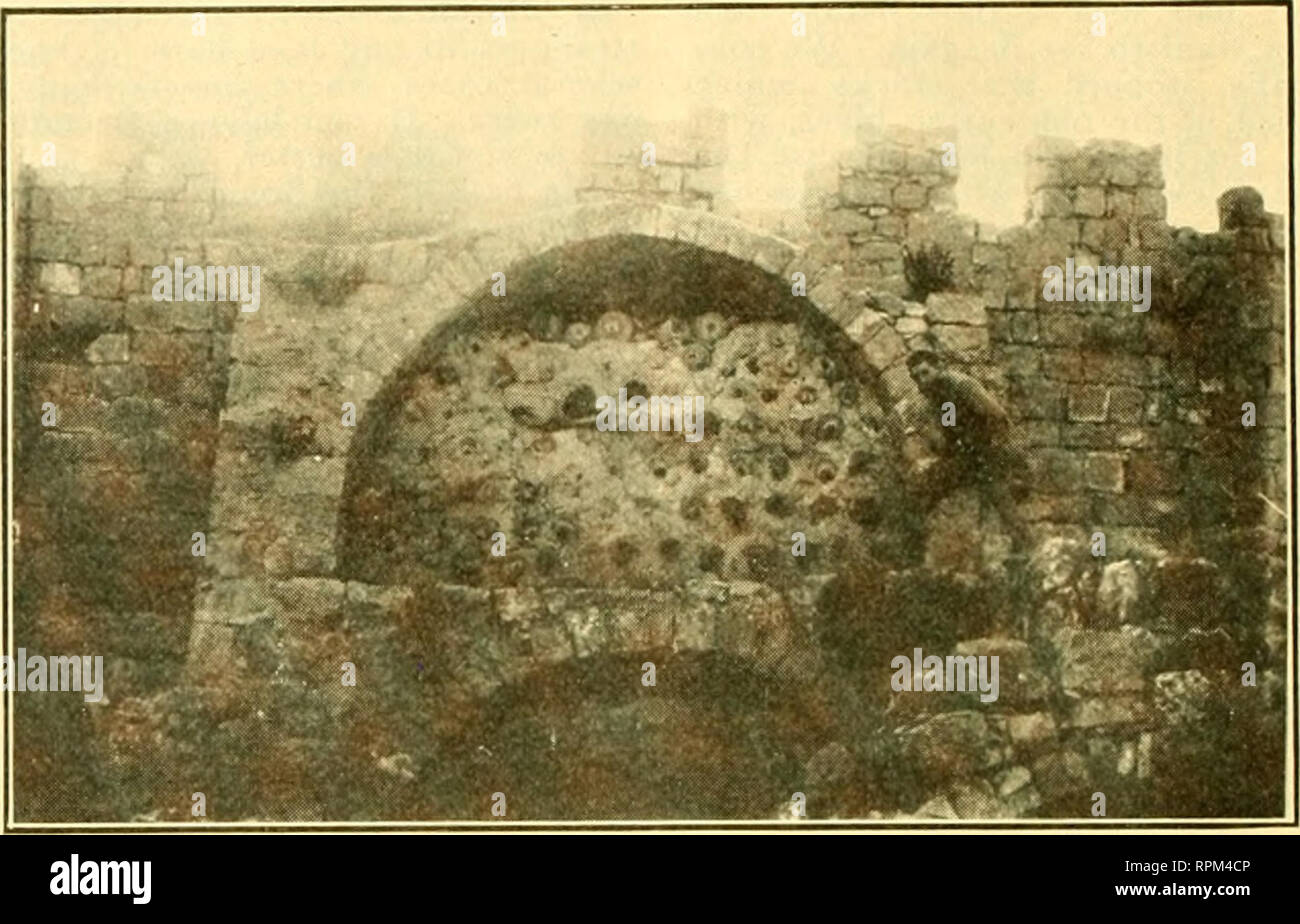. American bee journal. Bee culture; Bees. 196 AMERICAN BEE JOURNAL | unc jestic sanctuary, as Jerusalem is called by the natives, the apiary, ac- cording to the archaic system, was all tucked up before the solid arch in masonry, with a dark passage behind to work the bees. Messrs. D. A. Jonei and Frank Benton rani.' over from America in search of new races of lues, and un- der their instructions the dark pas- sages .mil archways were discarded and the bar-frame hive and American i methods introduced by their disciples, Baldensperger brothers. (This was in 1880.—Editor.) And the light was so c

Image details
Contributor:
Library Book Collection / Alamy Stock PhotoImage ID:
RPM4CPFile size:
7.2 MB (333.4 KB Compressed download)Releases:
Model - no | Property - noDo I need a release?Dimensions:
1973 x 1267 px | 33.4 x 21.5 cm | 13.2 x 8.4 inches | 150dpiMore information:
This image is a public domain image, which means either that copyright has expired in the image or the copyright holder has waived their copyright. Alamy charges you a fee for access to the high resolution copy of the image.
This image could have imperfections as it’s either historical or reportage.
. American bee journal. Bee culture; Bees. 196 AMERICAN BEE JOURNAL | unc jestic sanctuary, as Jerusalem is called by the natives, the apiary, ac- cording to the archaic system, was all tucked up before the solid arch in masonry, with a dark passage behind to work the bees. Messrs. D. A. Jonei and Frank Benton rani.' over from America in search of new races of lues, and un- der their instructions the dark pas- sages .mil archways were discarded and the bar-frame hive and American i methods introduced by their disciples, Baldensperger brothers. (This was in 1880.—Editor.) And the light was so clear that Ehmad-en-Nahale, our indigenous beemaster. was never heard of again. He continued to knock the coffee in a dark street in Jerusalem, as he and his forefathers had done for genera- tions. Moslems hold fast to their methods. It is profanation to grind the coffee, just as it is profanation to walk into sanctuaries with shoes on. "Take off thy shoes from thy feet, for the ground where thou standest is holy." The good Nahale used to come occasionally in two sea- sons, swarming and gathering the honey. In April he would gather the swarms, gently showing us the Entire or Duchess, as he called the mother- bee, and in August he took out heavy combs of honey, which he laid on plates with great satisfaction, and a sweet smile. He was very sober in words. 1. "The bees did not like harsh persons." 2. Perhaps he pre- ferred to keep the "secret success" for himself. Quietly he gathered cow's dung, filled with it a small pitcher, put a burning coal to the fuel and patiently blew till a tolerable quantity of smoke gave him security against the bees. He did not live to see our modern inventions, smokers, extractors, comb foundation and the like, and I am afraid he could not have tolerated having his pets taken • mi of jar hives and introduced into wood* n boxes, and in the "pen air. Poor Nahale! Dear tradition! Though established on a high and dry